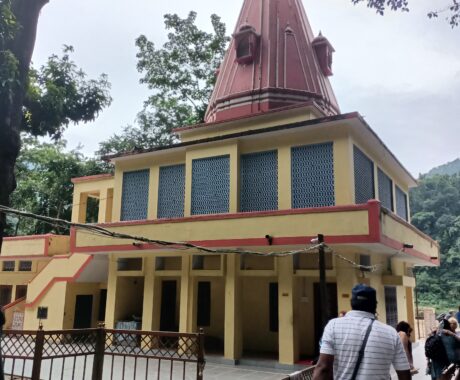Kathmandu Pokhara and Chitwan Tour
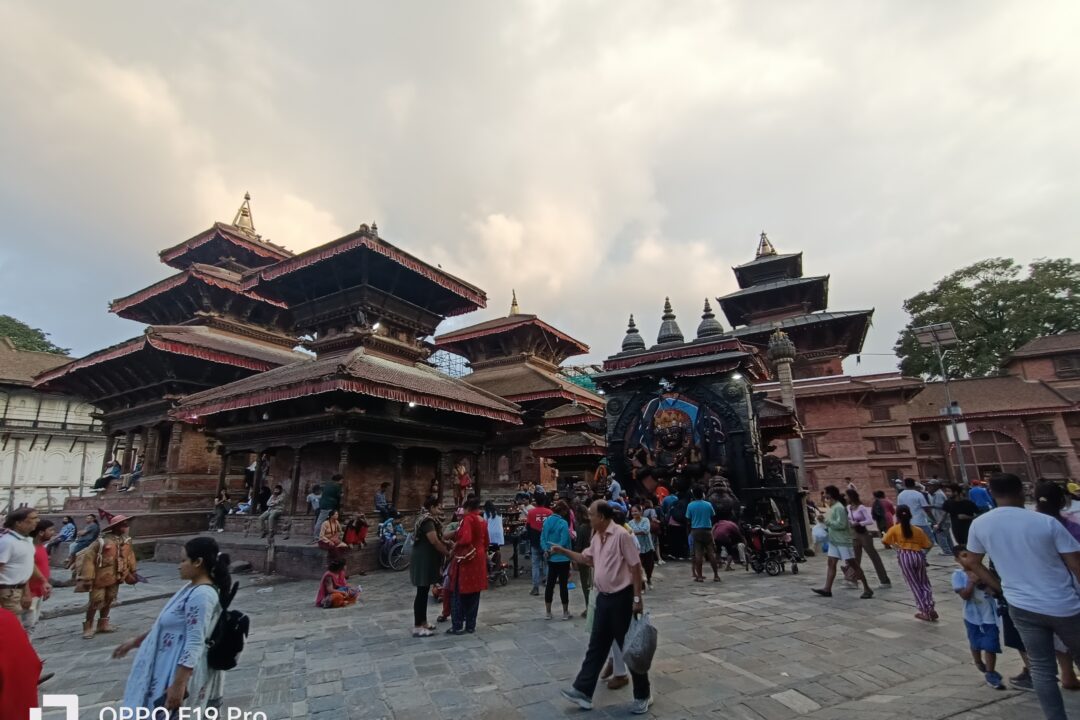
Trip Facts
- Destination Nepal
- Activity Tours
- Duration 8 Days
- Trip Difficulty easy
- Max. Altitude 2500m
- Best Time Sep to Dec & Feb to June
- Start and End Kathmandu - Kathmandu
- Meals Breakfast / Lunch / Dinner
- Accommodation 5 star hotel in Kathmandu & 4 star hotel in Pokhara and Chitwan
- Group Size 1 - 10
- Transportation Private tasport
Introduction
Kathmandu, the capital city of Nepal, is not only the urban heart of the country but also a cultural melting pot, rich in history and heritage. The city and its surrounding valley are home to an impressive collection of UNESCO World Heritage Sites, temples, shrines, and historically significant locations that offer a glimpse into the nation’s vibrant past and present. In a 8 day tour that includes Kathmandu, along with visits to Pokhara and Chitwan, you will have a wonderful opportunity to experience the diversity of Nepal, from its ancient architectures to its natural landscapes. Here’s a brief overview of the Kathmandu-related sites you mentioned.
Kathmandu Durbar Square
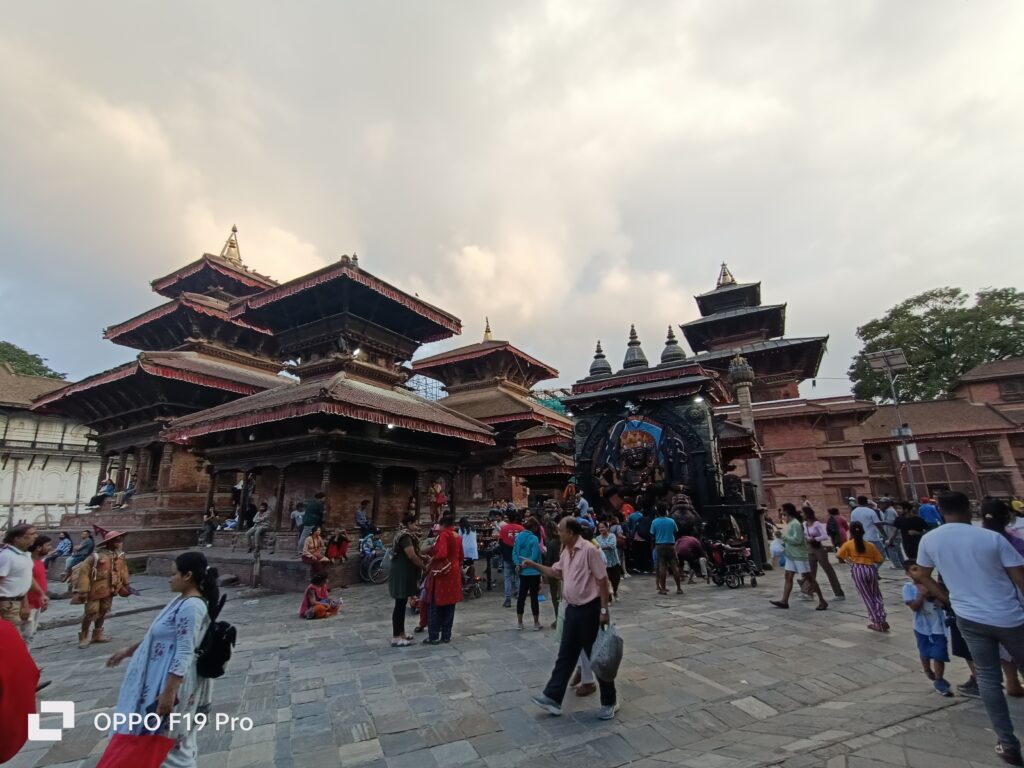
Located in the heart of old Kathmandu city, Kathmandu Durbar Square is a testament to the city’s royal past. The square is surrounded by spectacular architecture and vividly showcases the skills of the Newar artists and craftsmen over several centuries. Key attractions include the Taleju Temple, Kumari Ghar (the residence of the living goddess), and the Hanuman Dhoka Palace. The area was significantly damaged during the 2015 earthquake but has been undergoing restoration.
Patan Durbar Square
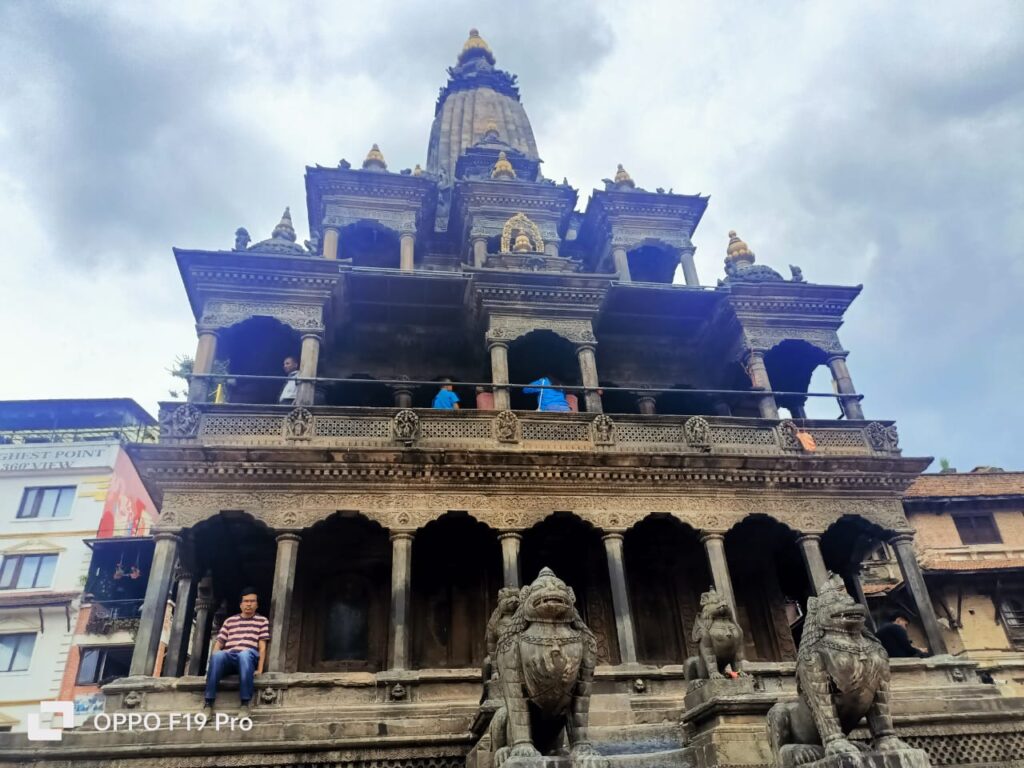
Situated in Lalitpur, Patan Durbar Square is reknowned for its fine arts, beautiful palaces, intricate carvings, and its graceful pagoda temples. It is one of the three Durbar Squares in the Kathmandu Valley, all of which are UNESCO World Heritage Sites. Key attractions here include the Patan Museum, which houses a collection of traditional Nepalese art, and the Krishna Mandir, built entirely of stone.
Bhaktapur Durbar Square
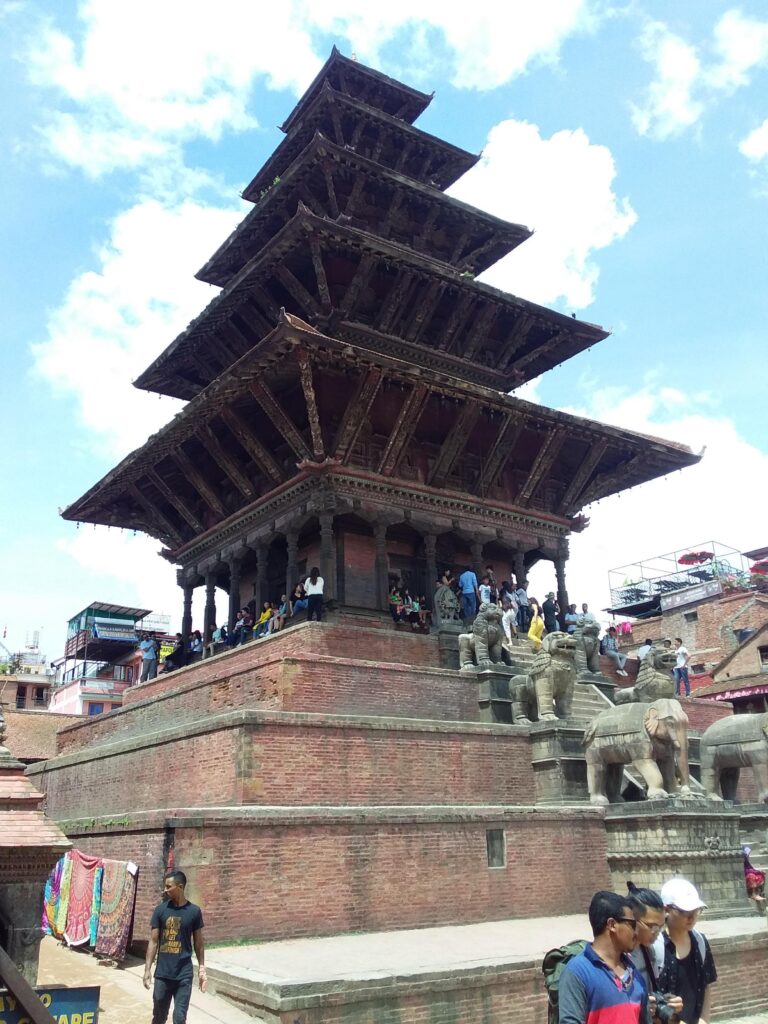
Bhaktapur, the city of devotees, lies on the old trade route to Tibet, just outside of Kathmandu city. Bhaktapur Durbar Square is well-preserved and less crowded, offering a more authentic experience. The square is famous for its magnificent 55 Window Palace, Lion’s Gate, the Golden Gate, and the statues of kings on stone monoliths. The Nyatapola Temple and Dattatreya Square are also significant attractions.
Pashupatinath Temple
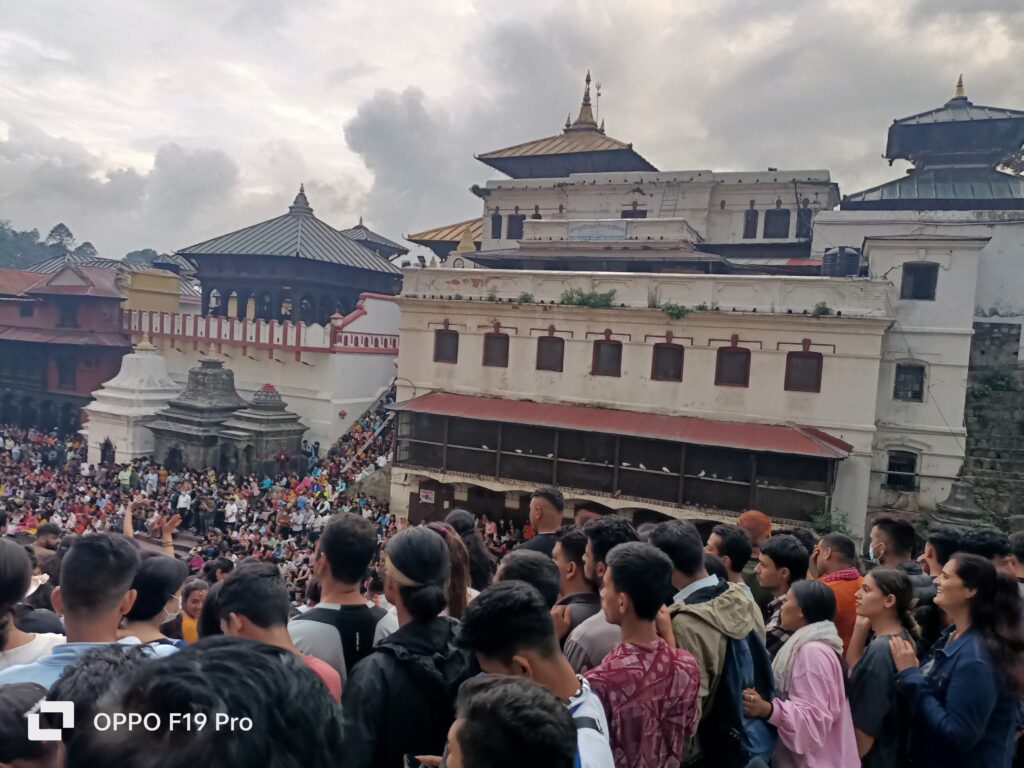
This sacred Hindu temple is dedicated to Lord Shiva and is located on the banks of the Bagmati River. It is one of the most significant Hindu temples in the world and a site for cremation ceremonies. Non-Hindus are not allowed inside the main temple but can observe the complex and the rituals from the opposite bank of the river.
Boudhanath Stupa
The Boudhanath Stupa is one of the largest stupas in the world and serves as the center of Tibetan Buddhism in Nepal. The area around the stupa is filled with monasteries and is an important pilgrimage site for Buddhists. The stupa’s massive mandala makes it one of the largest spherical stupas in Nepal and the world.
Swayambhunath Stupa (Monkey Temple)
Perched atop a hill on the western edge of Kathmandu, Swayambhunath is one of the oldest religious sites in Nepal. The complex consists of a stupa, a variety of shrines and temples, some dating back to the Licchavi period. The site has a commanding view of the Kathmandu Valley and is known for the many monkeys that reside in the area.
Each of these sites offers a unique window into the rich cultural and religious fabric of Nepal. When planning a tour that includes Kathmandu, Pokhara, and Chitwan, it’s important to allocate sufficient time in Kathmandu to fully appreciate these historical and cultural treasures
Best time to do this tours
Kathmandu, Pokhara, and Chitwan in Nepal offers a diverse experience ranging from cultural exploration, breathtaking natural beauty, to thrilling wildlife adventures. The best time for touring these places generally falls between September and June, due to several reasons.
Weather Conditions: September to November (Autumn) and March to May (Spring) are considered the best times for visiting due to the moderate weather. These seasons offer clear skies, pleasant temperatures, and the best conditions for trekking and outdoor activities. The visibility is high, making it an excellent time for mountain viewing, especially in Pokhara, which is famous for its close views of the Annapurna range.
Cultural Festivals: Nepal celebrates numerous festivals throughout the year, and visiting during these times can offer a deeper insight into the country’s rich cultural heritage. Major festivals like Dashain and Tihar fall around September-November, providing a unique opportunity to experience Nepal’s vibrant culture and traditions.
Wildlife Viewing in Chitwan: Chitwan National Park is one of the best places for wildlife viewing in Asia. The best time to visit Chitwan for wildlife activities, such as jungle safaris, is from October to June. The weather is more favorable, and the chances of spotting wildlife, including the Bengal tiger, one-horned rhinoceros, and various bird species, are higher. The months of March to May are particularly good for bird watching.
Trekking and Outdoor Activities: For trekkers and adventure seekers, the periods from September to November and from March to May offer the best conditions. Trails are generally dry and offer spectacular views, especially in the Pokhara region, which is a gateway to treks in the Annapurna area
However, it’s important to note that December to February (Winter) can be quite cold, especially in higher elevations, which might not be suitable for everyone, although it’s still possible to visit. The summer months (June to August) coincide with the monsoon season, leading to heavy rains that can cause landslides and make trekking trails slippery and challenging, although the rain is less intense in the Mustang and Dolpo regions, which lie in the rain shadow of the Himalayas.
When planning your trip, consider your interests, whether they lie in cultural exploration, trekking, wildlife viewing, or experiencing festivals, and choose the time that best suits your preferences and the activities you wish to undertake.
Outline Itinerary
Day 01: Arrival in Kathmandu pick up to hotel – 1,300m
Day 02: Kathmandu Sightseeing – 1,300m
Day 03: Drive from Kathmandu to Pokhara 850m – 08 hrs
Day 04: Pokhara Sightseeing – 850m
Day 05: Drive from Pokhara to Chitwan
Day 06: Chitwan Safari
Day 07: Drive from Chitwan to Kathmandu 1,300m – 07 hrs
Day 08: Departure to Kathmandu Airport – 1,300m
Alternative Tours Around Kathmandu, Pokhara & Chitwan Tour
If you’re seeking a similar blend of cultural exploration, natural beauty, and wildlife, but with a different twist, here are some fantastic alternatives to the Kathmandu, Pokhara & Chitwan Tour:
- Kathmandu Tour – 6 Days: Immerse yourself in the rich history, culture, and spirituality of Kathmandu. This tour focuses more on the valley’s ancient temples, UNESCO World Heritage Sites, and vibrant local life, offering a deeper exploration of the city.
- Pokhara Tour – 4 Days: A shorter but equally breathtaking trip, focusing on the serene lakes, stunning mountain views, and adventure activities in Pokhara. Ideal for those who want to explore the best of Pokhara without a lengthy itinerary.
- Chitwan Wildlife Safari – 3 Days: If wildlife is your priority, this safari offers an in-depth experience of Chitwan National Park. Enjoy thrilling jungle safaris, bird watching, and an immersive experience with Nepal’s unique wildlife in a more focused manner.
Detailed Itinerary
-
Day 01: Arrival in Kathmandu pick up to hotel - 1,300m
Altitude: 1300mMeals: BreakfastAccommodation: 5 star hotel in Kathmandu -
Day 02: Kathmandu Sightseeing - 1,300m
Altitude: 1300mMeals: BreakfastAccommodation: 3 star hotel in Kathmandu -
Day 03: Drive from Kathmandu to Pokhara 850m - 08 hrs
Altitude: 1300mAccommodation: 3 star hotel in Kathmandu -
Day 04: Pokhara Sightseeing - 850m
Altitude: 850mMeals: Breakfast / lunch / DinnerAccommodation: 3 star hotel in Pokhara -
Day 05: Drive from Pokhara to Chitwan
Meals: Breakfast / lunch / DinnerAccommodation: 3 star hotel in Chitwan -
Day 06: Chitwan Safari
Meals: Breakfast / lunch / DinnerAccommodation: 3 star hotel in Chitwan -
Day 07: Drive from Chitwan to Kathmandu 1,300m - 07 hrs
Altitude: 1300mMeals: BreakfastAccommodation: 3 star hotel in Kathmandu -
Day 08: Depecher Kathmandu Airport - 1,300m
Altitude: 1300mMeals: Breakfast
What's included
What's not included
Trip You May Like
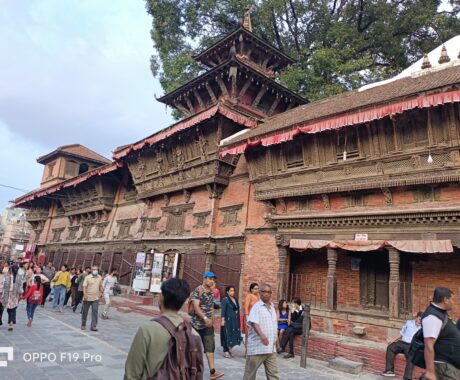
Kathmandu City Tour
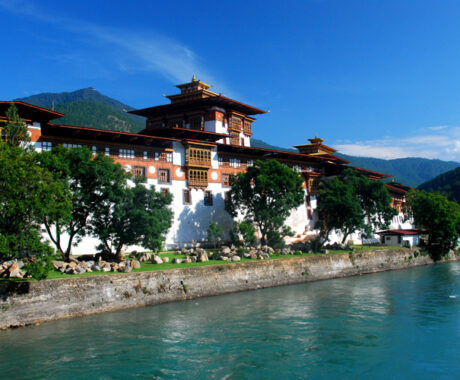
Bhutan Tour 5 Nights 6 Days
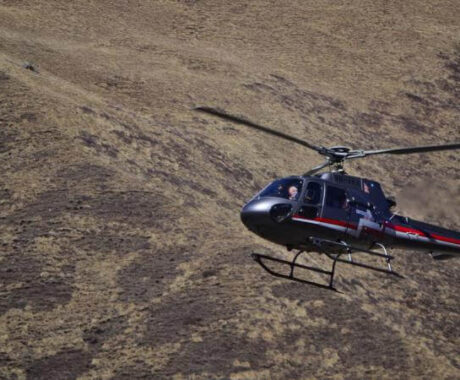
Muktinath & Damodar kunda Helicopter Tour
